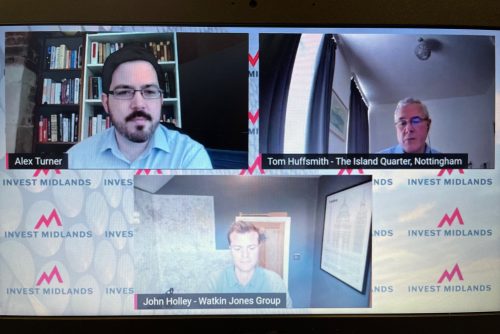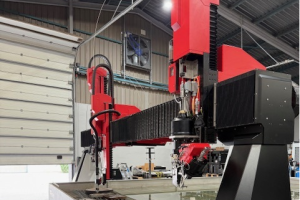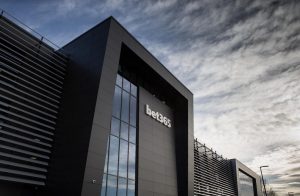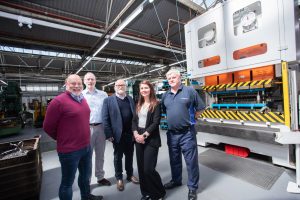Developments aided by efficient and easy Proptech

Proptech continues to power on, facilitating unique workplace experiences, offering advanced data and analytics capabilities for real-time feedback and even helping property teams purchase, sell, and manage their assets.
Proptech is making the dream of ensuring everything about owning, leasing, or working in a building unique is easier, and more efficient. Our managing director Alex Turner talked to experts Tom Huffsmith the Project Manager at Conygar and John Holley the Investment Director at Watkin Jones to find out how proptech is powering the big Midlands schemes.
What is proptech?
Tom Huffsmith:
“I think it has created an opportunity because the built environment is the second least digitalised industry in the world.
“We’ve never had more pressure on us for information across everything we do. Our entire ecosystem is under pressure, from demands for information, design, construction, delivery and operations.
“To begin with, we are spending a lot more time on technology and helping us with our demand analytics and drilling back down into exactly what the office, the workplace and the living place will look like in the future. We are relying a lot more on analytics to understand our market segments more deeply as to what their preferences are.”
John Holley:
“The UK is the largest developer of residential for rent. Our focus is principally on how people live and on developing great homes for people to live in
“We use proptech tools like Land Insights and Realised to identify sites and there are some quite clever tools out there which allow us to identify potential development opportunities. Savills have a data insight team that can identify lease events for office buildings that are suitable for refurbishment into residential.
“It all allows us to create homes that the residents really love to live in and that they’re very well managed. It also allows us to operate them efficiently.”
How has technology and data have played a part in decarbonising our built environment?
Tom Huffsmith:
“We are actually building our own platform to help us manage sustainability and energy because we’re not sure that any of the systems out there work for a project like ours in a mixed-use environment
“We need that to help us measure in real-time, and then be able to transparently report them back to lenders and investors. There’s increasing demand to do that during the design phase and construction, but more importantly, in the design phase as the building will be up for scrutiny by in the future by lenders and investors.
How are you seeing the impact of sustainability? And how are you looking to manage that in the future?
John Holley:
“We’re quite forward-thinking in terms of net-zero targets. In order to realise those, in almost all of our new buildings we’re including technology like air source heat pumps, photovoltaics, which is slightly less new to the construction sector.
“We’ve learned that from both a pure economic perspective and from a resident satisfaction perspective, carbon usage is incredibly important to them. We’ve surveyed a sample of our tenants and worked out that the modern tenant does really care about their impact on the planet
“Reliance on fossil fuels has come under scrutiny from us as a business so decarbonisation is not only the right thing to do for the planet but also the right thing to do financially as well.”
Is that trend meaning that the sustainability KPI or metric is starting to balance out with the pure economic metrics?
Tom Huffsmith:
“I think something that will help us as an industry is to figure out who’s going to foot the bill. Because this is going into a massive energy transition here and it can all fall on the developer or the owner. There are so many stakeholders now. And my expectation is that we will use technology to measure results.”
What are you most excited about?
John Holley:
“From my perspective, I sit in a role that is very much the spearhead of identifying locations that would potentially work for residential grants.
“We like to consider identifying sites that will work so we use tools like Realised which overlays planning demographic and rental data that allows us to create products which are financially viable for us as a business and ultimately will be great places to live too.”
How much are you seeing being driven by this younger generation?
John Holley:
“We do take a lot of learnings from them because they do want to live slightly differently to the way older generations have in the past. We do spend a lot of time future-gazing and using spatial programming, to ask residents what they actually want to use in different parts of their building.”
Tom Huffsmith:
“Now we’re all about Gen Z. That’s what we’re designing for and sustainable and ethical standards. This doesn’t mean that other demographics aren’t important.
“I think they’re really going to be driving a lot of what we build in the next 15-20 years while we’re going through this energy transition.”









